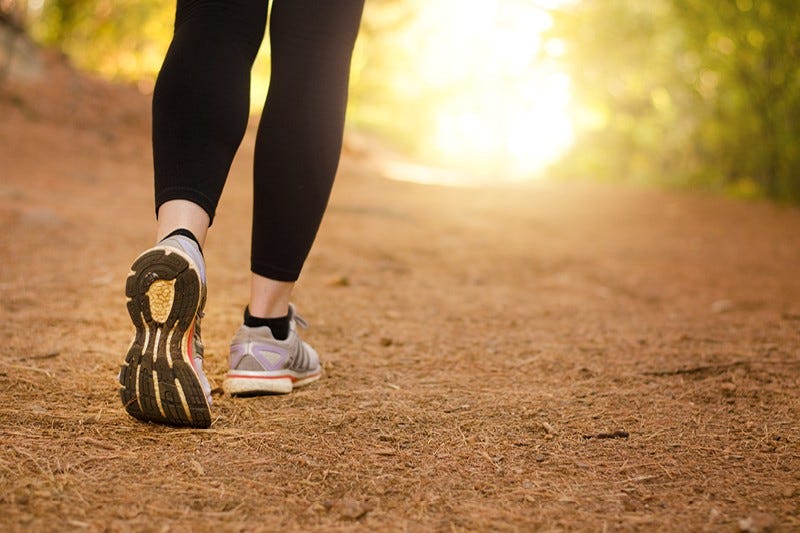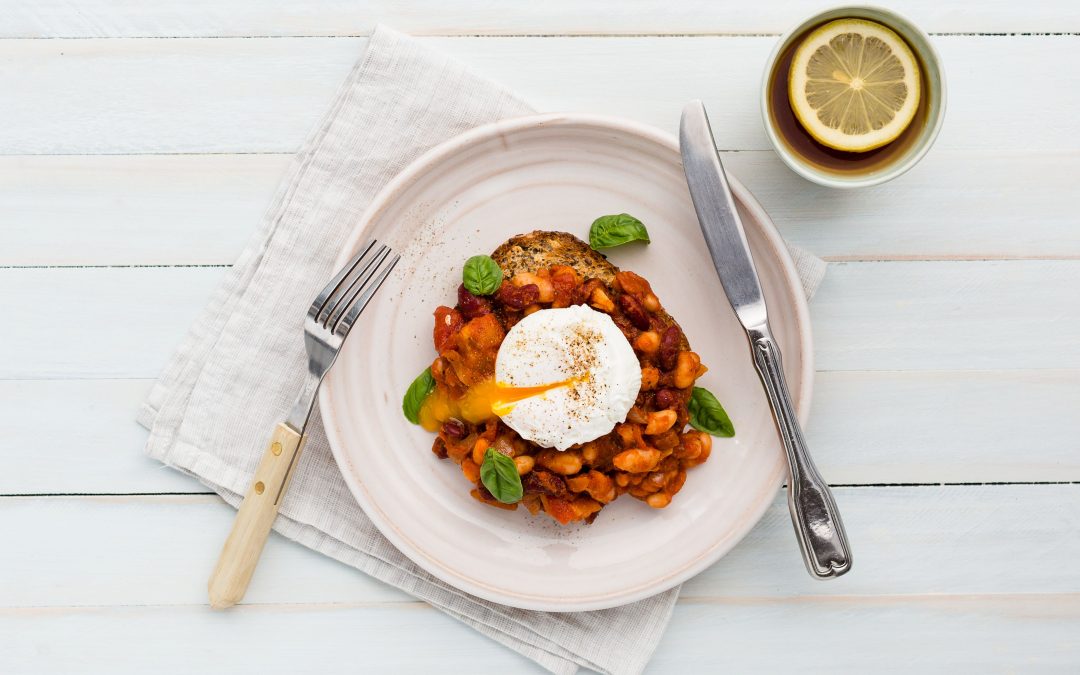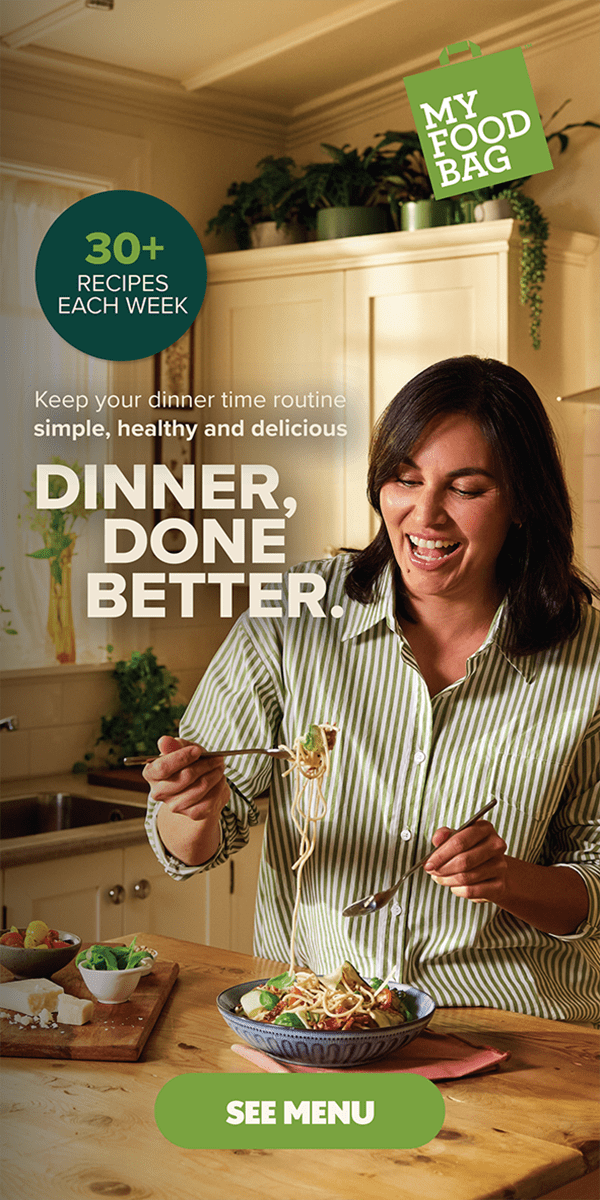
Making the decision to focus on eating healthy, increasing our exercise levels and improving our overall health and wellness is a great move. However, putting this into practice isn’t always straight forward.
Every household is different, and typically there’s more than one person to feed, organise or care for. There’s going to be times where decisions are out of our control, or the day’s plan is unknown. There’s plenty of hurdles that could steer us off track but the key is to acknowledge them, and then find another way around those hurdles.
Others to feed too?
Make one dinner for the whole family, and bulk up the hungrier mouth’s plates with a little extra
Cooking two different dinners isn’t desirable for most, however within a household, each individual can have different calorie requirements. One way to get around this is to cook one meal, with ‘add ons’ for those hungrier mouths.
The way we build a Fresh Start plate, is to focus firstly on hitting the right amount of veggie content (around half the plate), and then adding the lean protein component. We then top up with a small portion of complex carbohydrates (grains, starchy veggies or legumes) and some healthy fats (nuts, olives, avocado or dairy). This plate model provides a healthy, balanced meal, which we tailor to fall below 450 calories (anywhere around this number sits well with a reduced calorie diet for weight loss).
As the required nutrients are all found on this plate, to add calories for hungry mouths, the trick is to increase the carbohydrate portion. Carbohydrates can be an easy addition –
· Set a rice cooker on to top up hungry mouth’s plates
· Keep a pack of pita breads in the freezer to pull out and toast when needed
· Boil or roast root veggies (kumara, potato, carrot, beetroot, pumpkin) and keep in the fridge to add when needed
· Keep 1–2 cans of legumes (red kidney beans, chickpeas) handy in the cupboard
Alternatively, you can make the portion of protein and healthy fats a little bigger for those hungrier mouths. Quick and easy ways to add protein and healthy fats to the plates of hungry mouths –
· Keep hold of any leftover nuts or seeds from previous recipes (and/or keep a few jars of nuts or seeds in the pantry) for easy sprinkling
· Keep some broad-use cheeses in the fridge such as feta, Parmesan or Edam to add when needed
· Hummus, avocado, boiled eggs or dairy (sour cream or yoghurt) can easily be added to some meals
If your little ones are not quite ready for Fresh Start, here’s some easy meal options (packed full of veggies!) you can make in advance and freeze (for those nights where you definitely don’t have that spare time!).
· Cottage and Shepherd’s pies, with plenty of grated, hidden veggies
· Spinach, pumpkin and beef lasagne
· Courgette and haloumi fritters
· Pumpkin or kumara soup, add some red split lentils for added protein
· Beef and bean chilli con carne, with plenty of grated, hidden veggies
Struggling to fit in a workout with little ones?
Exercise and movement is hugely important for our long term health and mobility. If we want to have the strength and fitness to be able to play with our children’s children, then we need to continue to prioritise a little physical activity, even when it seems as though exercise is on the bottom of the priority list. Exercise doesn’t need to be sweating or lifting weights in a gym, it can be as simple as:
· Taking the kids for a walk, whether it means a pram, or the little ones on bikes.
· Play with the kids — a game of tag or touch rugby, or swimming!
· Try out a home workout! Whether the kids are napping or playing (it’s great inspiration for your kids if they are around), you can fit in some exercises at home. If you’re in need of some ideas, there’s lots of home workout apps (most don’t require any equipment too), or Fresh Start has a good workout here.
Exercise doesn’t need to take a long time, practice quality over quantity. When you do have a chance to get some uninterrupted exercise in, make the most of it and focus on having a great workout. The benefits aren’t just physical, they’re hugely positive on our mental wellbeing and mindset.
Travel planned?
The thought of keeping to a strict diet while travelling sounds like trying to cross a minefield. The first thing to remember when travelling is that we can’t be too hard on ourselves. We can make smart, health-conscious decisions when we can, and not get too stressed when we can’t.
Before we gear up to travel we can prepare and pack some things to help keep us on a positive and healthy track.
· Walking gear
· A multi-greens powder that you can add to water can be a great start to the day, to ensure you’re getting plenty of goodness from the get go, especially on the days that don’t end up that veggie-filled!
· Healthy, pre-packaged snacks, such as trail mixes, popcorn or bliss balls. You can pop these in your suitcase, to have on hand during the duration of the trip, for when hunger strikes, or there’s no healthy, convenient snack options.
· For the plane ride, if it’s not too long, you might want to pack some of these healthy snacks too. A piece of fruit, veggie sticks or a small portion of nuts are all easy things to take carry on.
· If it’s a long-haul flight, you can still pack your own healthy snacks, but also more substantial meals as well. Plane food isn’t always the healthiest, nor is it overly satisfying, but if you’ve got a few hours of travel ahead of you, chances are you’re going to get hungry. You can use an old takeout container to pack a salad, or make a wholesome, veggie packed wrap or grainy bread sandwich to take on board, if the plane meal isn’t to your liking. If you do end up enjoying the plane food, that sandwich will be a tasty stop-over meal too, for when the airport options are not-so-great, and hugely overpriced. Just be sure not to enter a new country still carrying your kiwi-grown foods!
When flying, it’s important to keep hydrated, so be sure to ask for water, or carry some on when possible. It’s also important to be cautious of coffee and alcohol consumption, as these are both diuretics, meaning they actively work to remove water from our body, dehydrating us further and making it harder to bounce back when we do arrive at our destination.
Also, take plenty of opportunities for movement during the flight when sleep isn’t on the agenda, and at any stopovers, be sure to stretch those legs with a brisk walk to get the blood flowing.
When we’re overseas, it’s important to enjoy and experience the local food and culture. This means there’s nothing that can’t be tried or tasted, it’s simply about practising portion size and moderation when we do indulge in the more treat-like foods.
We’re often on our feet and walking a whole lot more, so exercise and movement can come quite naturally. If there’s a slower day, or a day with travel time, you might be able to squeeze in a brisk walk or jog earlier in the morning before settling into a sun lounger or plane seat.
Click here to return to Fresh Start.

